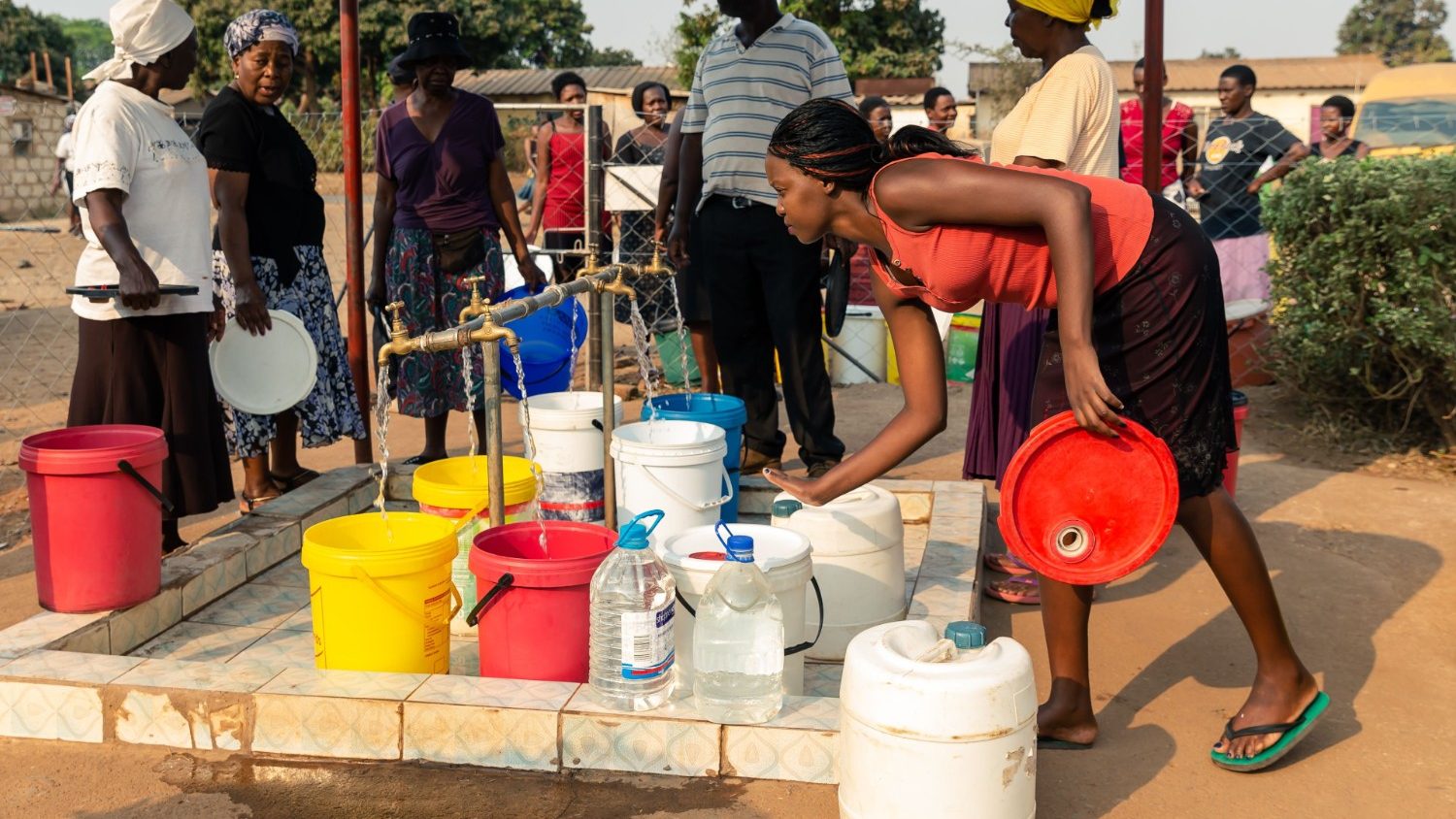
Most Zimbabweans have been here before. The current inflation rate of 300 percent is well short of the 89.7 sextillion percent recorded in November 2008, and the shortages of fuel, the queues, and the 18-hour power cuts people now endure are familiar.
That doesn’t make it any easier to choose which child to send to school or to figure out where the food will come from if there’s another year with too little rain to nourish a household garden.
From the centre of the capital, Harare, to Zimbabwe’s suburbs and rural communities, The New Humanitarian encountered people who were getting by just fine not so long ago but who now have to reprioritise their needs in a day-to-day hustle for existence.
Many described the current crisis, in which almost eight million Zimbabweans – half the population – will be short of food by January, as particularly bad.
“In 2008, there was nothing in the shops,” said Jessica Pwiti, executive director of Amnesty International Zimbabwe. “This time, it’s everything [that’s wrong].”
The collapse in living standards has triggered a junior doctors’ strike to protest pay and conditions that has lasted more than three months and virtually closed public hospitals.
Cash-strapped city councils are unable to afford the chemicals to treat the water supply or to fix broken sewerage pipes, raising fears that a deadly cholera outbreak is just around the corner. And as schools hike term fees, parents are withdrawing their children – undermining their future.
“The crisis is becoming almost normalised,” said Pwiti. “The government is taking advantage of people’s resilience – it feels like it could go on forever.”
The accounts below are of three people from different walks of life trying to navigate the day-to-day realities of the current emergency.

